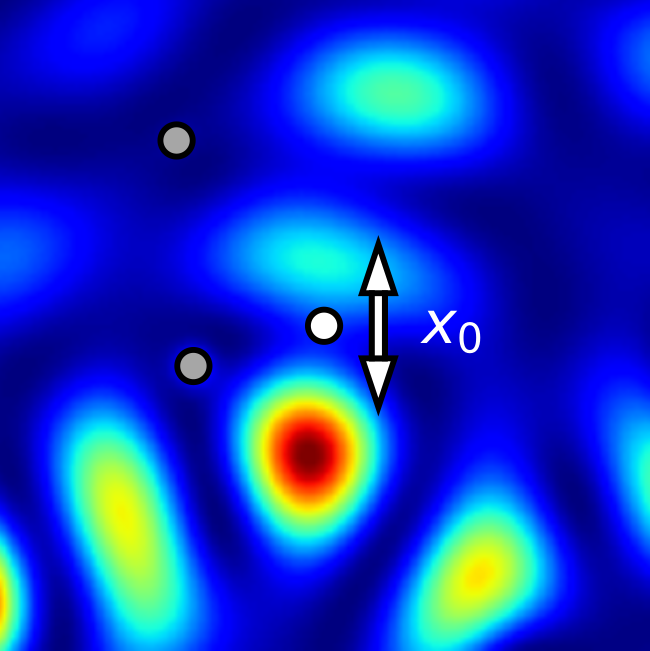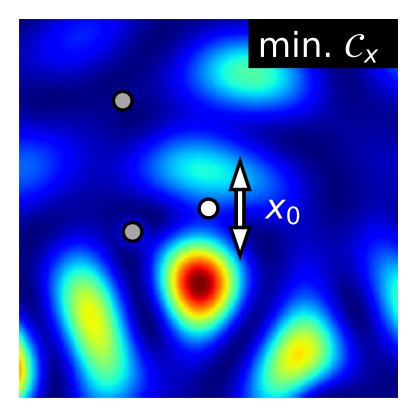Localizing hidden nanoscale particles


Estimating the position of an object from the light it reflects or scatters is common in everyday life. This process is also at the core of modern sensing and imaging techniques, such as the localization of defects in semiconductor chips, or the tracking of nanoscale objects in biological samples. In collaboration with researchers at Utrecht University (Netherlands) and ESPCI Paris (France), we have studied the canonical situation of a nanoscale particle hidden in a disordered scattering medium.
The main result demonstrated in our study is that the information accessible to an observer depends on fundamental quantities characterizing the medium surrounding the particle. To derive this result, a key point was to disentangle the impact of the illumination process from the influence of the local environment of the particle. To this end, we first identified optimal input waves, specifically shaped to localize single particles in complex environments. For such optimal waves, we then proved that the ultimate precision with which the particle can be localized depends on the so-called local density of optical states and dressed polarizability, two fundamental quantities that characterize the optical interaction between the particle and its environment. This result was obtained in the context of a research program in which universities collaborate with industry.
This study has been published in Physical Review Letters (Bouchet et al., 2020).
